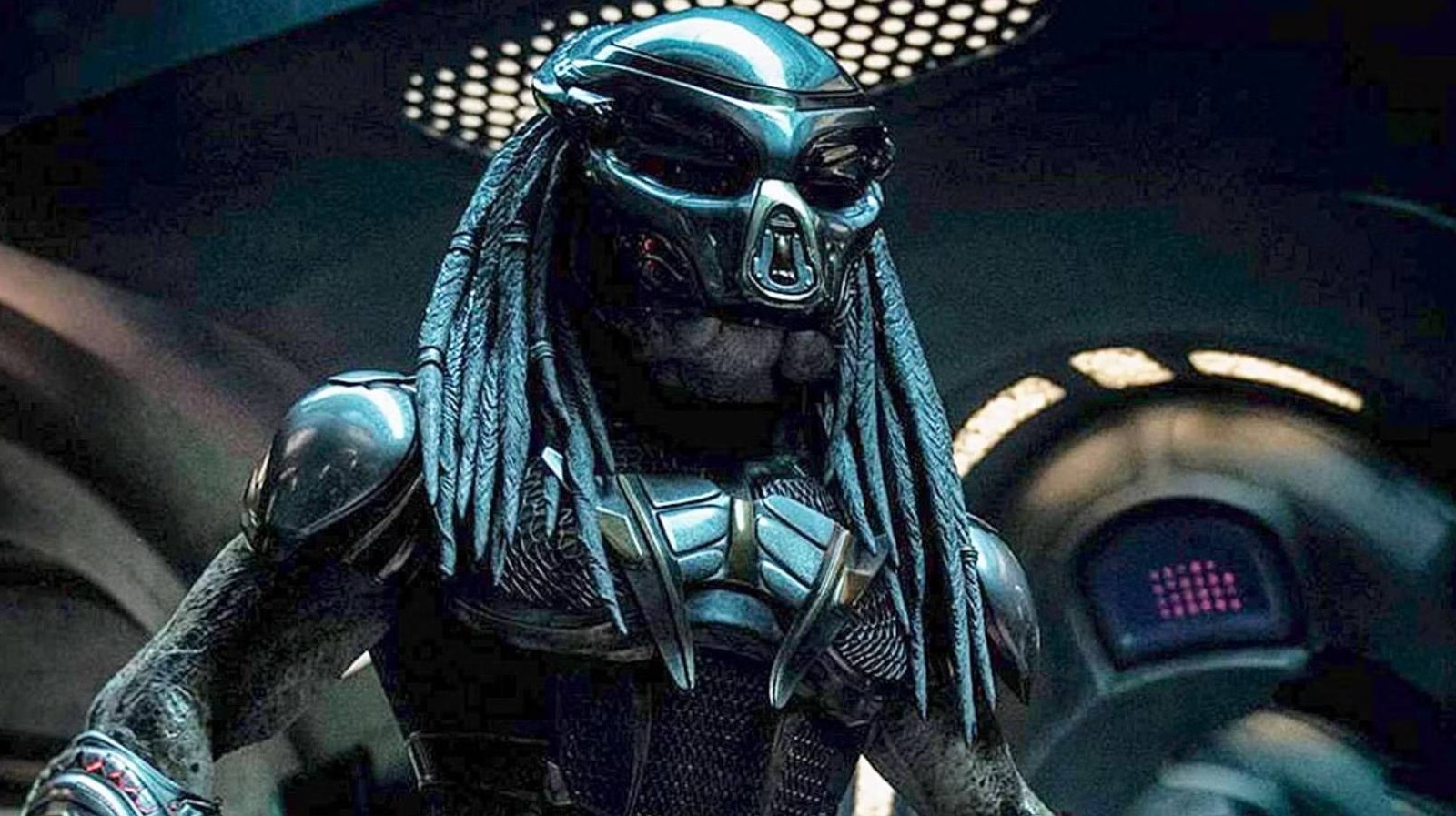
1987’s “Predator” film laid the groundwork for the title character, an alien hunter, to become one of the most recognized figures in action-based horror. Known as Predators, these extraterrestrial beings are members of the Yautja species and boast menacing appearances, consistently demonstrating their combat prowess throughout the “Predator” franchise. They possess a variety of tactics to overpower and eliminate their prey, which frequently includes humans. Given the vastness of the universe, it’s reasonable to assume that many Yautja ventured to other planets in search of worthy adversaries. Over time, as the series expanded into films, comic books, and video games, Predators seem to visit Earth quite frequently.
Initially, it might not appear logical. One might think there are other fearsome alien species that would pose a greater threat to the Yautja. After all, humans, being soft and squishy organisms, are often effortlessly eliminated by these creatures, with exceptions like Dutch (Arnold Schwarzenegger) from “Predator” and Naru (Amber Midthunder) in 2022’s “Prey.” However, one might wonder if the Yautja grow tired of returning to the same location repeatedly just to hunt a few new humans. Moreover, human skulls likely do not make appealing trophies compared to the cool-looking Xenomorph skull from “Predator 2.”
Naturally speaking, if Predators didn’t repeatedly visit Earth, it would significantly challenge the continuation of this series. However, delving into the lore reveals why Earth seems to be the Yautja’s preferred hunting ground. Let me explain why we appear to be their favorite quarry.
Earth has suitable foes for the Predators
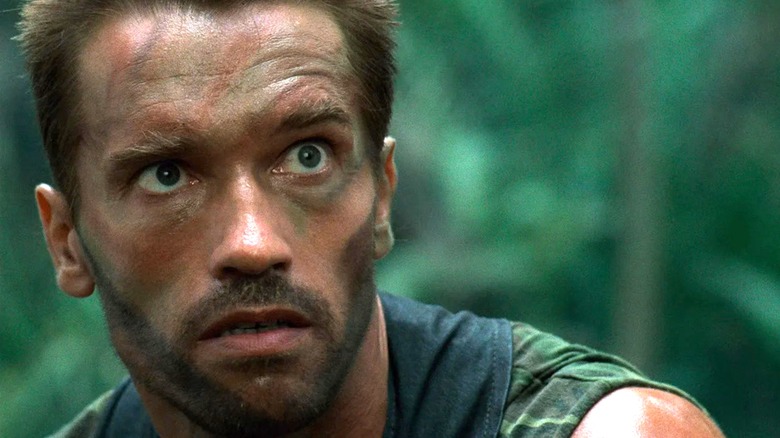
Within the “Predator” series, it’s evident that various life forms inhabit the galaxy. These include the Yautja, humans, Xenomorphs, and several other alien species, hinted at by the skulls discovered on the spaceship in “Predator 2.” The Yautja appear to have a particular interest in humans, which can be explained by their appreciation for a good fight – humans are known to put up quite a resistance.
A common misconception about the Predator is that they are indeed predators as everyone assumes, but this term might be slightly deceptive. While “Predator” suggests they consume their prey, they don’t eat humans. Instead, they kill them and collect trophies from their fallen victims. The thrill of the chase is what drives them, and humans provide an intellectual challenge due to their clever tactics. This is evident in the original “Predator” movie where the monster tracks a paramilitary team in the jungle. Prior to attacking, the Predator closely observes their behaviors to ensure it comprehends human capabilities thoroughly before eliminating the members of the team one by one.
In the end, it’s not just the mercenaries’ firepower that defeats the Predator; it’s their ingenuity. Dutch uses mud to hide himself from the Predator’s thermal vision, but this turns out to be a trap instead of mere gunfire that kills the Predator. Humans might not stand a chance in hand-to-hand combat against Yautja, but our intelligence provides us with unexpected advantages – something that Predators seem to relish as they test their skills against cunning adversaries.
Earthlings and their weapons are constantly evolving
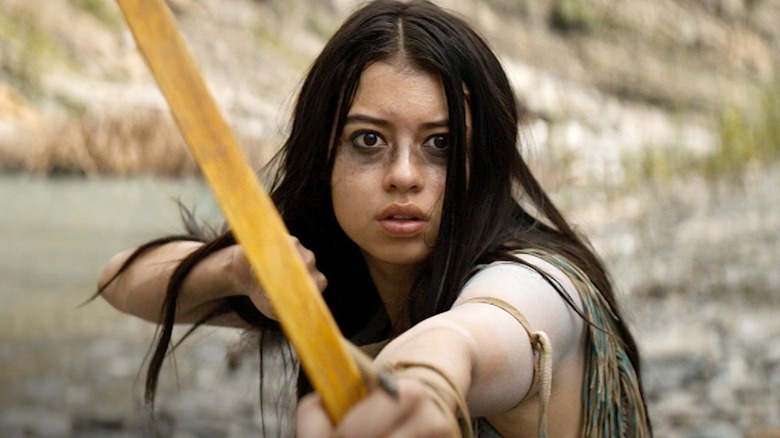
1987’s “Predator” might be the first film in the series, but it doesn’t show the initial visit of Yautja to Earth. Instead, they have been present on Earth throughout its history, as evidenced by their appearance during the 18th century in America, where “Prey” is set. This timeline gives us a better insight into why Predators consistently return to Earth – it’s because there’s always a fresh challenge available.
In the movie “Prey”, the Predator encounters humans who possess less advanced weaponry, such as muskets for the French fur trappers and a bow and arrow for the protagonist Naru. However, it’s not just brute force that wins the day; cunning and resourcefulness are key factors in the outcome. Despite this, it seems that Predators continue to visit Earth because humans are consistently inventing new tools and weapons. If the Yautja are indeed observing us, they must be aware of our technological advancements, from muskets to machine guns. The animated film “Predator: Killer of Killers” delves deeper into this concept by depicting Predators on Earth throughout history, including Vikings in the 800s, a ninja in feudal Japan, and fighter pilots during World War II, hinting that they have been monitoring us for a long time.
The Yautja take great pride in their hunting abilities and seek to demonstrate they are the most formidable warriors across the cosmos. To ensure this, they must be prepared for any new weaponry humans may develop. It’s worth mentioning that compared to the Predator portrayed in “Predator,” the one from “Prey” has fewer high-tech devices, implying that the Yautja aren’t as technologically advanced at that point in time. However, both species might be evolving at similar paces, so the Yautja may be interested to see who possesses superior weaponry.
They can fight different animals in different ways
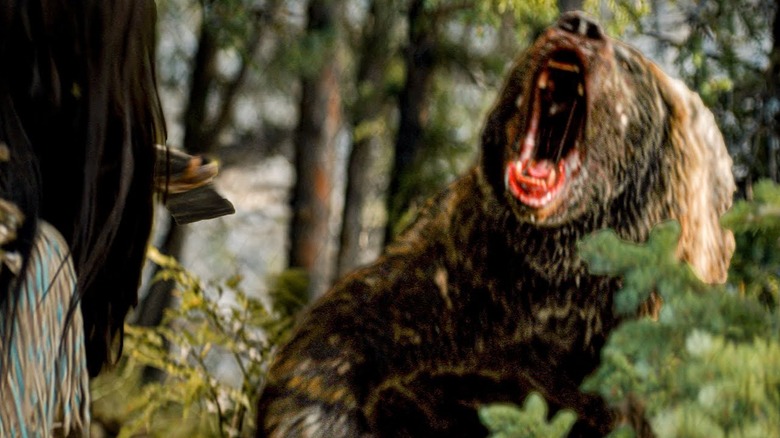
In every “Predator” film, you’ll observe that the Yautja always engage combatants proportionately. They don’t simply eliminate unarmed civilians; instead, they confront seasoned fighters armed and prepared for battle. Interestingly, Predators seldom employ excessive force. Although equipped with firearms, they often choose a more honorable approach in their conflicts. For example, in “Prey,” the Predator chooses to fight a bear bare-handed, opting against using weapons.
Absolutely, Yautja warriors are capable of engaging humans in hand-to-hand combat, as demonstrated in the final battle scene from “Predator.” However, it’s important to note that throughout the movie, this alien hunter doesn’t just rely on physical combat. They employ weapons such as wrist blades, a spear-gun, explosives, and a plasma caster. While a plasma caster might be excessive against a bear, it becomes a practical choice when facing off against a team of mercenaries.
It’s evident that humans are more cunning than bears, and it’s reasonable to infer that we outsmart many alien species the Predators have encountered, as they repeatedly return to engage with us in combat. This is due to our advanced weaponry and defense strategies, which make the Predators ponder their choice of weapon for each situation. In essence, humans provide a unique challenge, making the act of killing us the most exhilarating experience for many Predators.
It also gives them the chance to face Xenomorphs
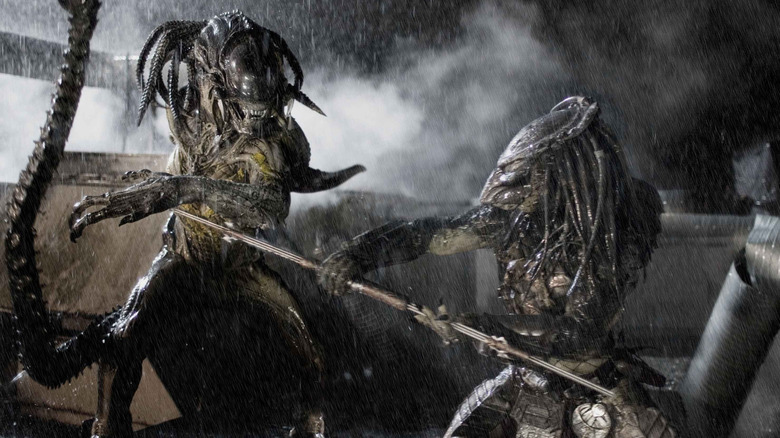
The “Alien vs. Predator” film series introduces several perplexing instances into the “Alien” film series timeline. For example, it’s suggested that Xenomorphs have been on Earth for an extended period, which would imply that Predators frequently visit our planet if we consider these films as part of the canon. In 2004’s “Alien vs. Predator,” we learn that every hundred years, the Yautja participate in a ritual where they sacrifice humans to Xenomorphs dwelling within Earth’s depths. The Predators then pursue the Xenomorphs as they find them to be exceptional adversaries, given their acidic blood and tail tipped with a sharp blade. In these movies, humans often serve as mere bystanders in the Predator’s eyes, with a Xenomorph skull being one of the most prized items for any Predator’s trophy collection.
The likelihood of seeing “Alien vs. Predator 3” is slim, but the series offers rich lore for exploration. In instances where Predators target humans rather than Xenomorphs, it might be seen as practice or training. What sets “Alien vs. Predator” apart is that Predators, despite their ruthless nature, exhibit a certain level of respect towards humans. For instance, in the storyline, when a spaceship arrives to retrieve fallen comrades, one of the Yautja gifts the main character Lex (Sanaa Lathan) a spear as a token of appreciation for her valiant efforts. Predators are not mere killing machines; they view humans as instrumental components in their quest to assert dominance. When a human demonstrates strength, Predators are willing to show respect in return.
Predators might be from Earth originally
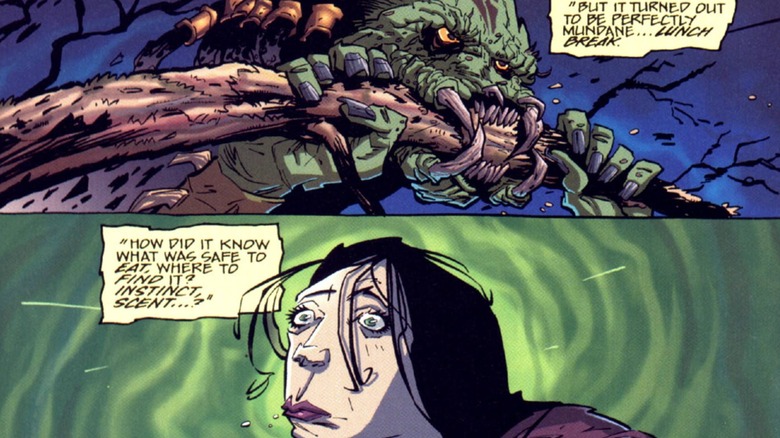
In a way similar to “Alien vs. Predator,” the comic book miniseries “Predator: Homeworld” by Jim Vance, Kate Worley, Toby Cypress, and Mark Lipka may not be considered part of the official canon, but it presents an intriguing angle on why Predators often appear on Earth. In Issue #3, a naturalist named Maya Bergstrom, without any weapons, manages to track a Predator on our planet to study its behavior. She observes it unearthing a root and eating it, leading her to ponder how the Predator knew where to find food and that it was edible. She speculates that the Predators might have originated from Earth, suggesting their frequent visits could be likened to a pilgrimage.
In her comic, Maya points out numerous missing links in the evolutionary timeline, suggesting creatures vanished seemingly instantaneously. If we accept this assumption as true (though it might be flawed), then it could imply that humans and Yautja share a common ancestor. It’s plausible that these Predators left Earth at some point and formed their own civilization elsewhere. This theory would account for the similarities between humans and Yautja, such as our shared ability to walk upright and skill in crafting tools.
Predators could potentially find Earth attractive due to being the starting point of their evolutionary journey. Some might view our planet as a destination for leisure, curious about where their ancestors originated from. If they don’t engage in conflict with us, we may never realize they were here. Over countless centuries, it is possible that the Yautja have fought against humans to demonstrate the value of diverging from human evolutionary paths. They evolved independently to be more intelligent and powerful, and battling large groups of humans seems to be their way of proving they are the superior fighters in the universe.
The climate makes Earth hospitable for Predators

It seems clear that since Predators have acquired the ability to traverse through space, they can potentially explore numerous planets beyond just Earth. Nonetheless, this doesn’t necessarily imply they could visit every single planet out there. We’ve caught brief glimpses of their homeworld, Yautja Prime, in various media such as comics and films like “Alien vs. Predator: Requiem” and “Predator: Badlands”. The latter suggests some scenes might take place on Yautja Prime, hinting at a distant landscape with three suns, implying that it’s quite warm there. This, along with the desert-like environment depicted in the comics, leads us to believe that Predators might only be able to thrive on planets similar to their homeworld.
In most “Predator” films, the alien creatures known as Yautja travel to the hottest regions of Earth. The original “Predator” takes place in a tropical jungle and the start of “Predator 2” mentions that Los Angeles is experiencing an intense heatwave. However, it’s worth noting that in “Alien vs. Predator,” the Yautja visit Antarctica, suggesting they aren’t strictly drawn to warm climates. Nevertheless, they can adapt to Earth’s various temperatures. Despite typically wearing helmets throughout these films, the Predators can remove them when necessary, indicating they can breathe on Earth without additional equipment. This might be one reason why Earth is an appealing destination for their regular hunting excursions.
Humanity could hold the key for the next stage of Predator evolution
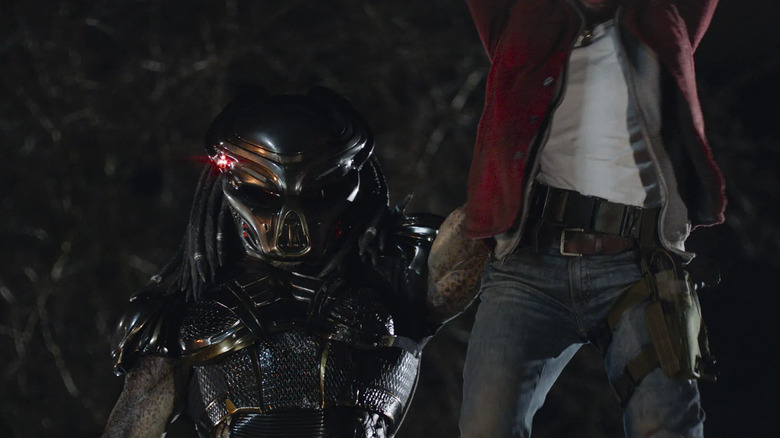
One major issue with the 2018 film “The Predator” lies in its insensitive portrayal of autism. Director Shane Black depicts autism as an evolutionary stage for humans, a notion that professionals have refuted. In this movie, a Predator abducts the character Rory (played by Jacob Tremblay), who is autistic. The scientists in the film speculate that this abduction is to mix their DNA with Rory’s, aiming to create a hybrid and enhance their own species.
Describing individuals with Autism Spectrum Disorder as possessing superpowers is misleading, according to developmental psychologist Sue Fletcher-Watson who spoke to SyFy Wire. She explains that at a genetic level, autistic people are indistinguishable from those without autism. While there may be a combination of genes associated with a higher likelihood of autism, the specific genetic makeup is not yet clearly defined. In contrast, in the fictional “Predator” universe, it’s suggested that the Yautja believe their unique genetic composition provides an advantage for them, driving them to visit Earth and further develop their species through enhancement.
Who knows how many humans Predators have killed?
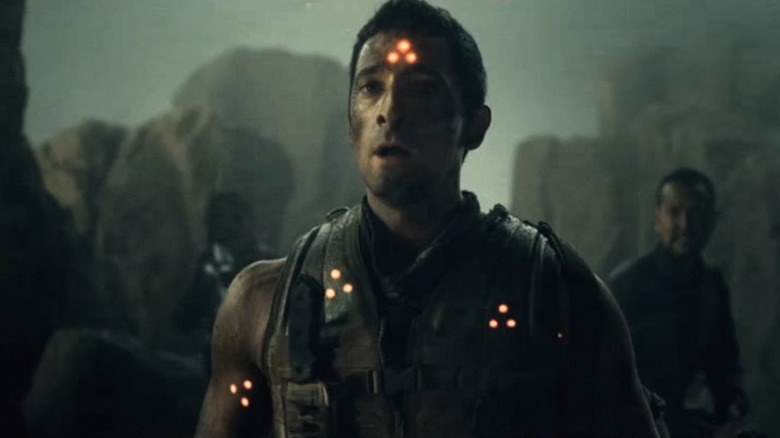
It’s understandable for casual viewers to ponder why the Predators consistently return to Earth, given that in every film, it’s humans who are killing them. One might start to question when these Yautja beings realize that Earth may no longer be a desirable destination for them. However, this line of thought overlooks the incredible prowess of these creatures. Over the centuries, there must be numerous tales of Predators arriving on Earth, slaughtering many humans, and then departing with their prized trophies.
In general terms, it seems that an expedition to Earth by most predators might prove beneficial for them. The tales we hear usually depict humans as the victors, which makes for an exciting storyline for us. When a human manages to kill a predator, it enhances our image as formidable opponents. If these predators aim for balance, they could always seize a group of humans and confine them within a hunting reserve, much like in the 2010 film “Predators.
The culture of the Yautja values survival as the strongest survive. If one of them falls in combat, they’ve experienced a noble and honorable death at the hands of another worthy warrior. Predators aren’t afraid to die, and in the 1994 novel “Aliens vs. Predator: Prey,” we learn about the Black Warrior, their symbol of death. This entity leads them to the afterlife, suggesting that passing on allows Predators to reconnect with their greatest enemy. In essence, returning to Earth to hunt for trophies or meeting a valiant death are equally seen as victories in their perspective.
One fan theory suggests Earth is for loser Predators
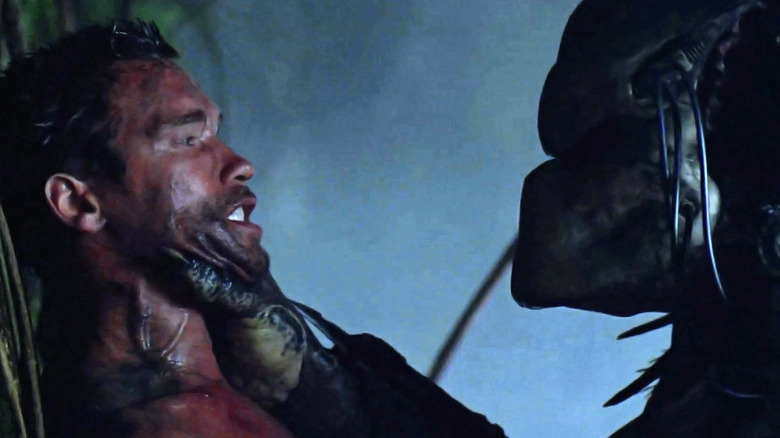
There are many elements in the “Predator” movies that offer insight into why these alien creatures frequently visit Earth, but it’s always intriguing to see what creative theories fans come up with to explain their appearance. Reddit user u/wonderfool brings up an interesting point: given the Yautja’s advanced interstellar travel and weaponry, it seems they should have no trouble overpowering humans. However, we’ve seen numerous instances where humans manage to best Predators. To account for this, u/wonderfool suggests that Earth could be a training ground for the aliens, sending their weakest or least skilled students as a final test to prove themselves worthy.
It’s quite amusing to consider that all the humans who managed to defeat a Predator up until now were essentially overcoming Yautja Prime’s lesser-skilled warriors. In this context, these humans can be likened to struggling students who require only one victory to pass their class. So, they venture to a planet inhabited by weak beings that they should find relatively easy to conquer.
If this hypothesis proves valid, it intensifies the terror because it implies that formidable adversaries exist beyond our reach, who might grow weary of humans continually triumphing over their kind and seek revenge. However, there’s a flaw in this theory: the Predators depicted in our world aren’t actually losers. In the 1987 film “Predator,” for instance, the Yautja managed to kill six commandos and likely many more during its Earth visit. Ultimately, Dutch simply had good fortune on his side.
Read More
- Gold Rate Forecast
- Silver Rate Forecast
- Honor of Kings returns for the 2025 Esports World Cup with a whopping $3 million prize pool
- PUBG Mobile heads back to Riyadh for EWC 2025
- USD CNY PREDICTION
- Kanye “Ye” West Struggles Through Chaotic, Rain-Soaked Shanghai Concert
- Arknights celebrates fifth anniversary in style with new limited-time event
- Mech Vs Aliens codes – Currently active promos (June 2025)
- Every Upcoming Zac Efron Movie And TV Show
- Hero Tale best builds – One for melee, one for ranged characters
2025-06-02 00:31